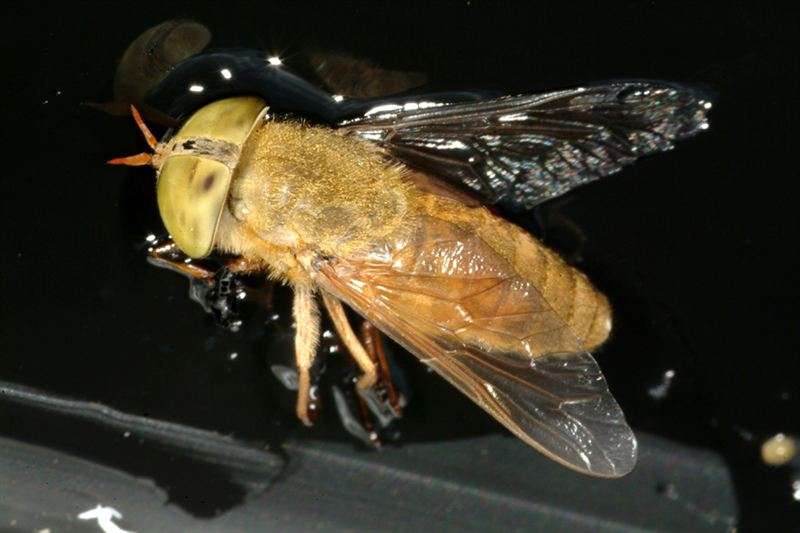Lund University biologist receives the Ig Nobel Prize

Susanne Åkesson, Professor of Evolutionary Ecology at Lund University in Sweden, has been awarded the prestigious Ig Nobel Prize. The prize, which she shares with six other researchers from Hungary and Spain, was presented to them for their discovery that white horses aren't particularly bothered by blood-sucking horse-flies. Why? Because they are white.
The Ig Nobel Prize was presented at a ceremony at Harvard University in Boston this Thursday. Susanne Åkesson, who works at the Faculty of Science at Lund University, was there to receive the award which consists of a diploma, a statuette – and a tremendous honour.
Far from all research is even considered for such an award. Only research that involves unexpected results where seriousness is combined with laughter, that is entertaining while getting people to think, may be nominated. The prize carries weight internationally, which is reflected not least by the fact that the diploma presented to the winner is signed by 10 Nobel Prize winners.
The research that is now recognised, conducted by Susanne Åkesson and her colleagues in Hungary and Spain, was presented six years ago in an article in the scientific journal Proceedings of the Royal Society B. The article reveals that white horses are not bothered by blood-sucking horse-flies in the same way as their darker fellow species members.
When the sun shines on a dark, black or brown coat, it reflects a signal – a linear polarised light – in the same direction as the horizon. The signal is the same as when sunlight is reflected from a water surface. It can be detected by horse-flies (tabanidae) looking for water where they can lay eggs on aquatic plants and in shrubs near the water. This is an important part of the life cycle of the horse-fly as the larvae, once they have hatched, fall into the water where they continue to develop. The polarised light reflected from a dark coat also sends out a signal to females that this is a place where they can find blood, and a solid meal of blood can enable the female horse-fly to lay more eggs.

In contrast, white horses reflect an unpolarised light, that is, the light vibrates not only in one but in several directions perpendicular to that of the light, and for the horse-fly this is very hard to detect.
In later studies, Susanne Åkesson and her colleagues have continued their research in this area and concluded that a striped coat is even better than a white one at avoiding being bitten by blood-sucking horse-flies. Ever since Alfred Russel Wallace and Charles Darwin discussed the topic in the late 1800s, the prevailing theory has been that zebras initially developed their striped patterns to avoid attacks from predators. But in light of their results, the present researchers argue that the zebra developed its stripes to protect them from blood-sucking horse-flies, rather than a lion on the hunt.
One of the results of Susanne Åkesson's research is that there are now zebra-striped horse covers.
The Ig Nobel Prize has been given to researchers at Lund University once before, in 2013, also at the Department of Biology. Marie Dacke, Eric Warrant and Emily Baird received the award for their discovery that dung beetles use the light of the Milky Way to navigate across the Savannah.
Journal information: Proceedings of the Royal Society B
Provided by Lund University

















